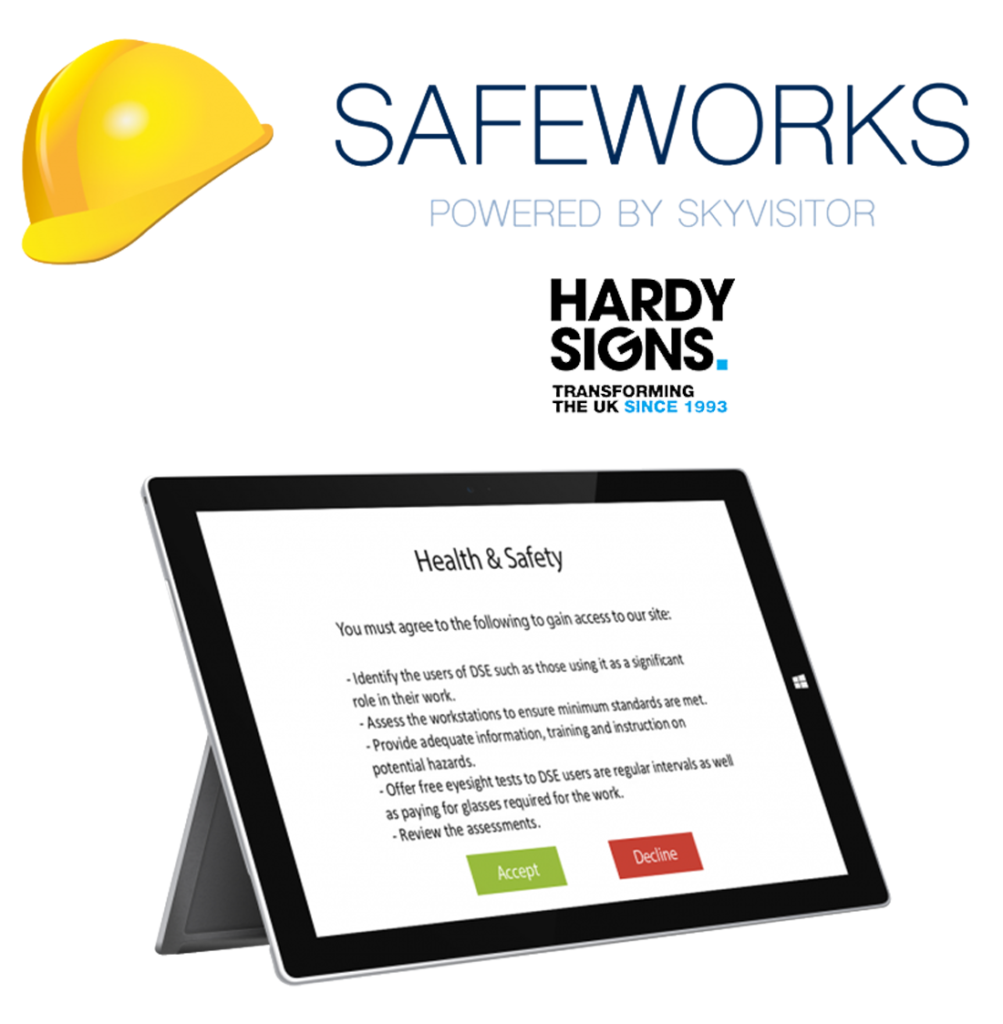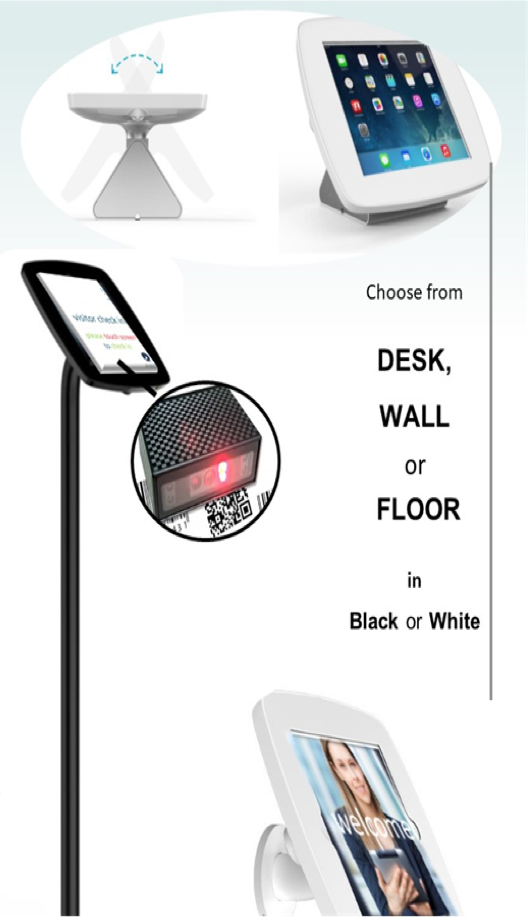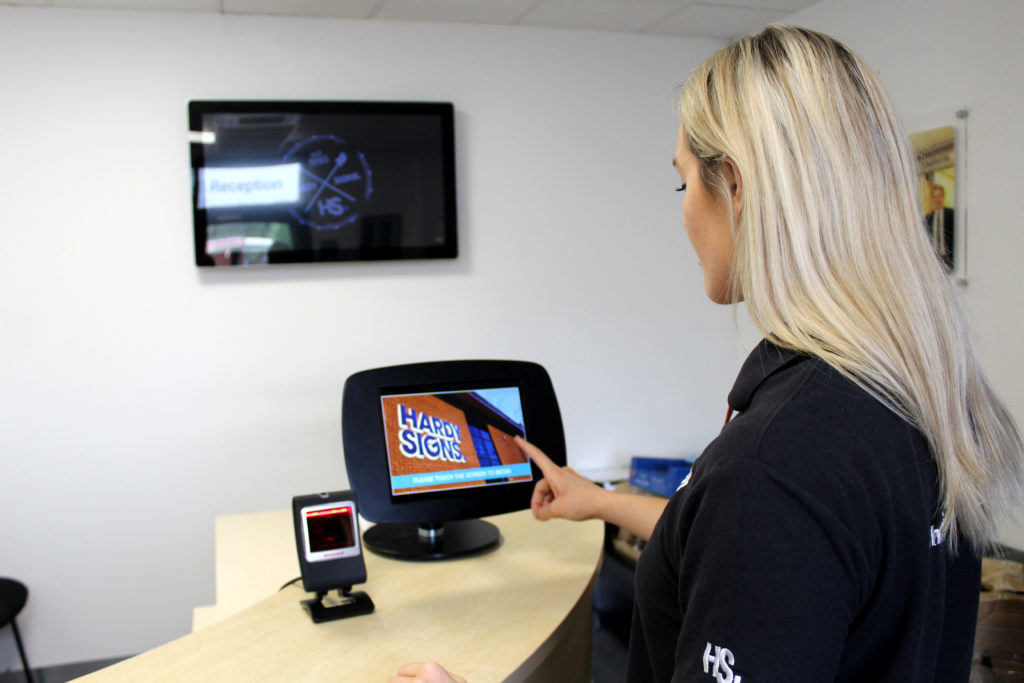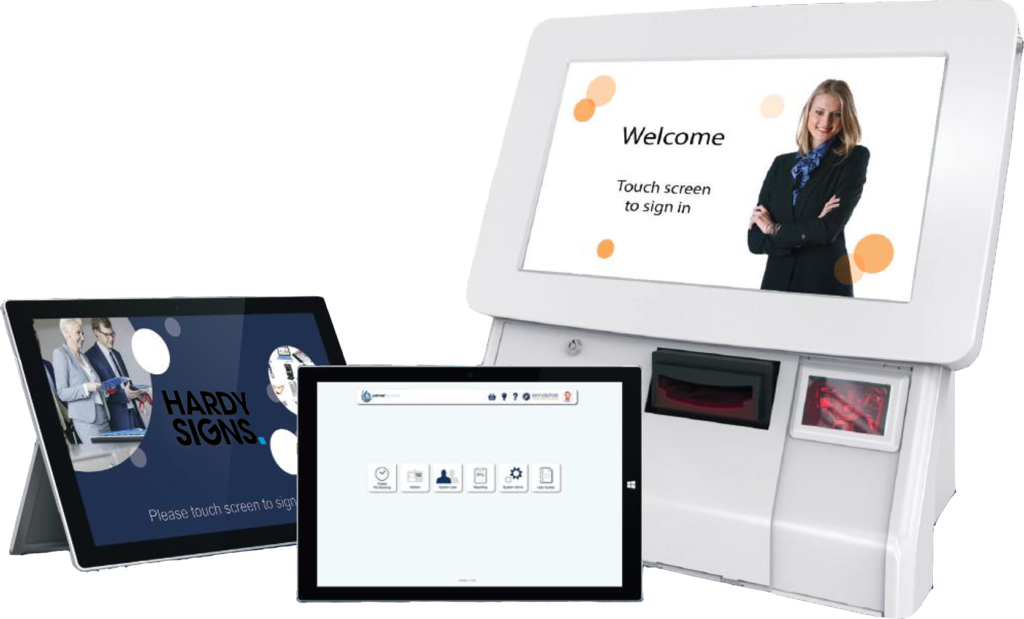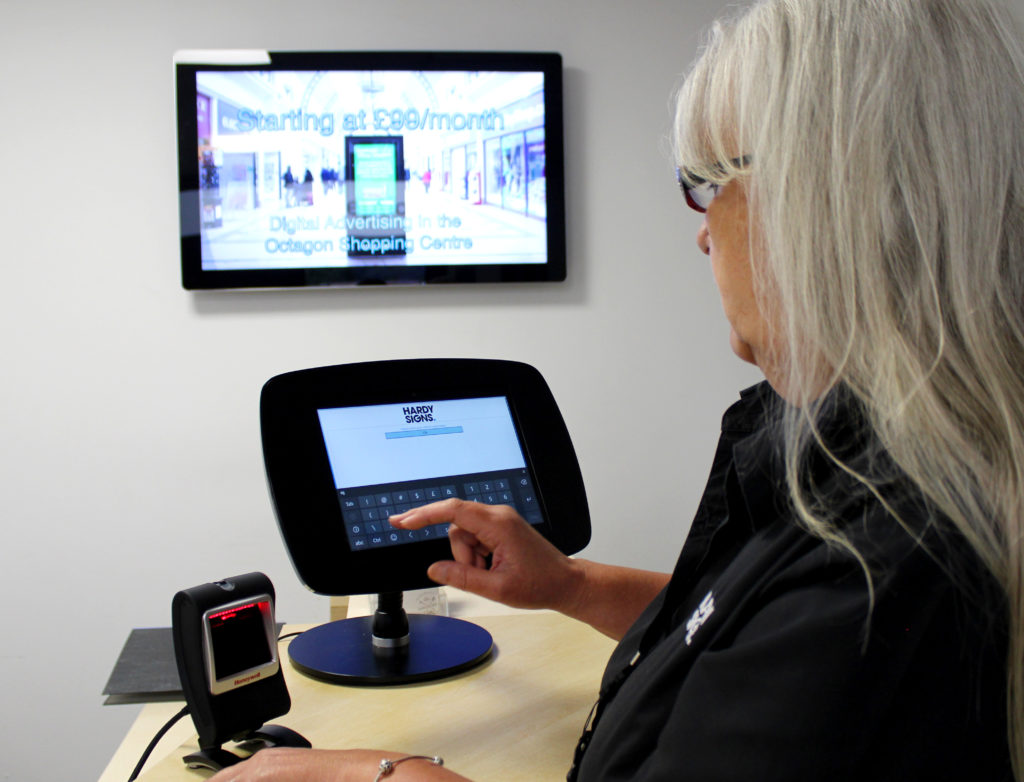Creating an environment where your staff, visitors and contractors feel safe and secure is an invaluable process to any organisation. One of the key elements of this process is to employ an efficient Visitor Management system – offering maximum control over anyone accessing your facility. So, what’s the best way to achieve this?
Typically, a manual sign-in process consists of a ‘log-book’ in which the visitor fills out their details on arrival. The log-book provides admins and managers with a record of the visitor’s stay. It includes details such as name, company name, date, time of sign-in, time of sign-out, and name of host. Additional columns asking other details may or may not be present.
Upon completing the sign-in process, the visitor is handed over a badge with their credentials and the company’s logo on it. This badge has to be worn by the visitor at all times while on the premises. Later, the badge is returned to the front desk upon exit and the visitor book is signed again with their sign-out time.
This is how a manual visitor management system works. Now let’s have a look at some of the pros and cons of having a manual sign-in books as opposed to our digital visitor management at your front desk.
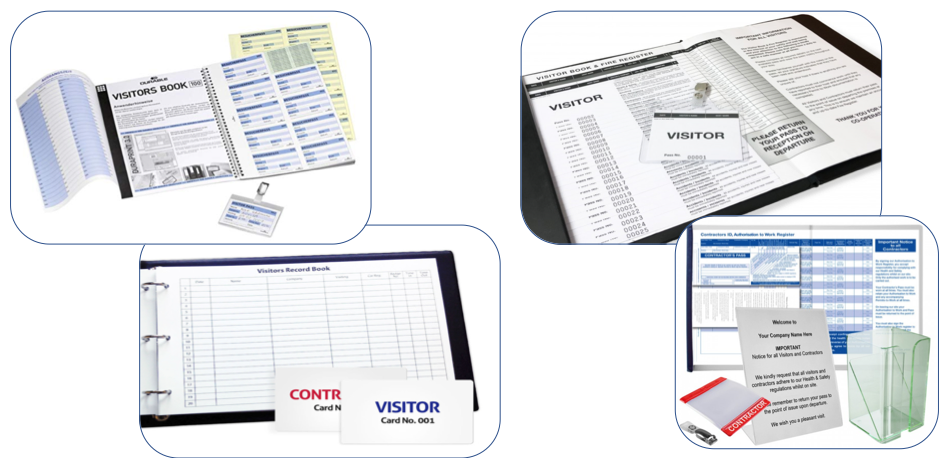
 Pros
Pros
Manual: The manual process requires little to no training. Staff can simply point out the sign-in book to the visitor who can complete the process from there.
Digital: Whilst the digital system does require some initial back-end user training, it also offers the benefit of being used completely unaided. Visitors can potentially complete a digital sign-in without any assistance, even printing their own badges.
Manual: Low cost. Of course, if the only cost is to replace the sign-in book then costs are relatively low for the manual option.
Digital: The initial cost of hardware and software for digital management is naturally higher in comparison. However, the digital system offers long term benefits and even negates the necessity for a full-time staffed reception. Digital visitor management can easily be operated by the hosts themselves.
Manual: With only a pen required, the manual sign-in book is much less complicated to implement and offers no overheads in comparison to the digital option.
Digital: A digital management system will typically consist of a touch screen kiosk, QR code scanner and thermal printer which requires power and data in place to operate. Initial installation provides more complication than a sign-in book.
 Cons
Cons
Manual: Legibility can be an issue. Relying on visitors to write neatly and cleanly is not always successful and when sign-in books are used for fire drills or security – illegible details can cause health and safety concerns.
Digital: Digital Visitor management offers clear, concise information every time. Legibility is never compromised.
Manual: A sign-in book offers little to no privacy as the visitors information is easily accessed (sometimes) on display for other visitors to see. A manual system creates issues around the control of data under General Data Protection Regulation (GDPR) since 25th May 2018.
Digital: A digital system stores data away from access to anyone other than pre-authorised persons. No visitor data is ever visible to other visitors.
Manual: Can be time consuming. Particularly at times when large groups may be visiting – a written sign-in book requires a set amount of time for each person and can take up vital time already allocated to the visit.
Digital: Typically, when visitors are pre-booked, the information is sent to the visitor ahead of time and on arrival – a simple scan of a QR code from their smartphone allows a speedy check-in. Also, visitors’ details can be recognised when the first few letters are typed in and so the system can automate the process saving more time for multiple visitors.
Manual: Offers little verification of identity. A hand-written visitors badge offers little in the way of identification once away from the reception area.
Digital: A digital system would typically include a photograph of the visitor which would automatically be printed on to the badge which is worn by the visitor at all times
Manual: No reports. Manual sign-in books offer no data reports in comparison to digital visitor management.
Digital: Any data inputted to the digital visitor management will always be available to review and create reports from. This can be as simple as how many visitors in a given time period; all the way to the average duration of a visit across the entire year. This info allows the operators to react accordingly – for example, quieter periods can be targeted for fire drill to minimise disruption.
Manual: Poor brand or company image enhancement. A manual sign-in book does little boost an organisation’s image in the eyes of a visitor.
Digital: A visitor’s initial impression of your organisation would be greatly enhanced when greeted with a modern, hi-tech solution to sign in as a visitor. The system offers multiple brand enhancing opportunities from branded kiosk closures to having your organisation’s logo and messages printed on each visitor badge.

Both Safetynet and Hardy Signs are committed to protecting the environment. Safetynet’s cardholders are BPA free and made from material polypropylene, which makes them recyclable. Passes are also printed without any ink.
Some of the organisations that have implemented this solution already include Liverpool FC, Tottenham Hotspur FC, St. George’s Park, Mag Property, the NHS, Ashby Capital, the Roundhouse London, ACC Arena Liverpool, Red Bull Racing, Principality Stadium Cardiff, etc.
Hardy Signs Digital Signage Solutions
- Freestanding Digital Signage
- Touch-Screen Digital Signage
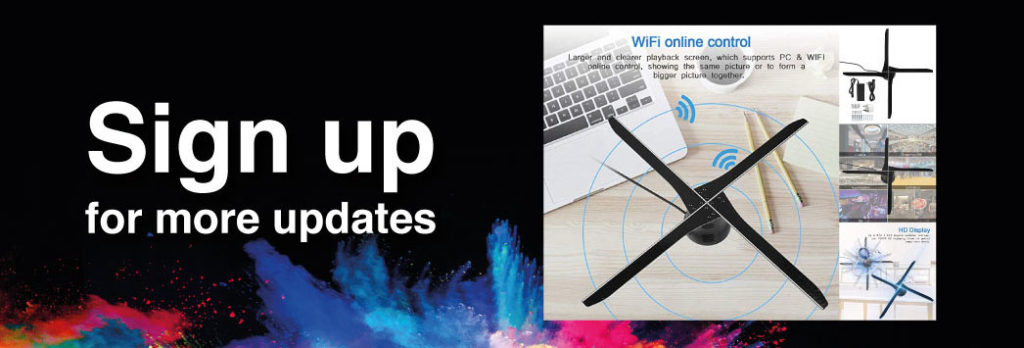
- Outdoor Digital Signage
- Wall Mounted Digital Signage
- Videowall
- Digital Advertising
- Digital Content Creation
- Content Management
- Holographics 3D LED Visual Fan
Like what you see here?
Get in touch with us to see how we can help your business or brand.
Call us on 01283 569 102
Adam Bates
Adam Bates is the Business Relationship Manager at Hardy Signs. He has been working for Hardy Signs since March 2001. Before joining us he he worked as production operative for another signage company.

